Culture methods and matters needing attention of Brazilian keel
The Brazilian keel plant is trigonous, much branched, turquoise, 4 m to 5 m high, with small spines on the edges, very short. Keel column summer white flowers, 4 to 9, clustered on the upper thorn seat, day open and night closed (potted plants are generally not easy to bloom), berries small round, blue-purple, edible. Let's take a look at the breeding methods of Brazilian keels.
Brazilian keel is cactus, dragon god, plant trigonous shape, much branched, blue-green, 4 to 5 meters high, with small thorns, very short keel column summer white flowers, 4 to 9, clustered on the upper thorn seat, open day and night (potted plants are generally not easy to bloom), berries small round, blue-purple, edible reproduction multi-purpose cuttings.
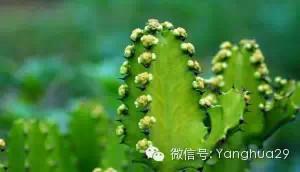
I. Culture methods of Brazilian keels
1. The Brazilian keel has extensive management and lax requirements on soil, but it also chooses sandy soil with low viscosity and strong drainage performance, which is beneficial to root respiration and absorption of nutrients.
two。 Usually should pay attention to watering, wait until the soil is slightly dry in watering can not be too much, otherwise it is easy to cause root rot.
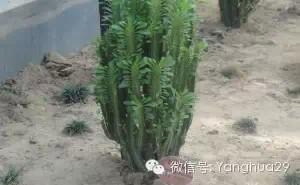
3. Brazilian keel likes the sun, try to put it in a sunny place, put it in a cool place at midday in summer, and put it in a sunny place as much as possible the rest of the time.
4. Brazilian keel does not have high requirements for fertilizer, so you should first put a good base fertilizer when planting, so that you don't have to maintain it in the future. When changing the basin in spring, some corrosive organic fertilizer is also applied appropriately, but it can not be too thick, which will produce the phenomenon of burning roots.
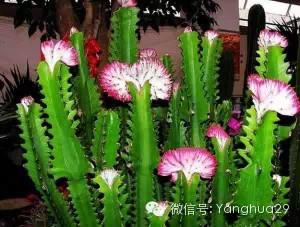
5. Usually, we should pay attention to pruning, cutting off more branches and buds is conducive to beautiful appearance, cut mature branches and buds can also be grafted on other plants after drying, and usually pay attention to spraying pesticides to avoid red spider pests. Pesticides can choose 1000 to 2000 times omethoate.
II. Is the Brazilian keel poisonous?
Keel fleshy stem has sharp thorns, in addition, the white milk in the stem is poisonous, especially can not enter the eye, so in the family culture, special attention should be paid to the appropriate location to avoid stabbing and poisoning in children and the elderly. The juice of the keel is poisonous, as long as the branches and leaves are not broken, the milky juice will not flow out. If you touch it accidentally, you must wash your hands immediately and do not enter it, because someone has tried, and your mouth will go numb soon after the entrance.
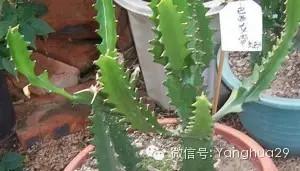
This kind of flower juice is poisonous. when the branches and leaves are broken, the milky white juice will flow out. If you accidentally touch it, you must wash your hands immediately and do not enter it, because someone has tried, and your mouth will go numb soon after the entrance.
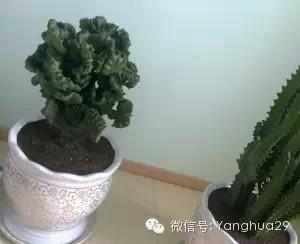
We should pay more attention to planting the keel indoors, because there are sharp thorns on the fleshy stem of the keel, and the white milk in the stem is poisonous, especially not into the eye, so we should pay special attention to the location of home training in order to avoid stabbing and poisoning in children and the elderly. In addition, the keel flower is drought-resistant, sun-resistant, suitable for sunny places, and not suitable for indoor darker places, so the keel flowers for indoor viewing should be placed close to the window of the sun as far as possible.
The above is the Brazilian keel culture method introduced to you by Xiaobian. I hope it can help you.
-
Knowledge of flower cultivation
Wechat: yanghua29
Flower cultivation knowledge, ask and answer, solve the problem of flower cultivation!
- Prev
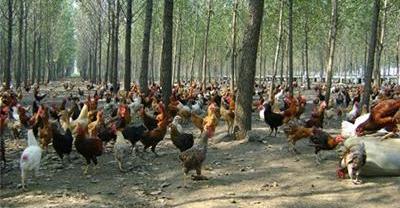
Culture methods and matters needing attention of transferred bamboo
The culture methods and matters needing attention of transferred bamboo are very practical, which can help transfer bamboo lovers to increase some daily maintenance knowledge. The culture method of transferring bamboo.
- Next
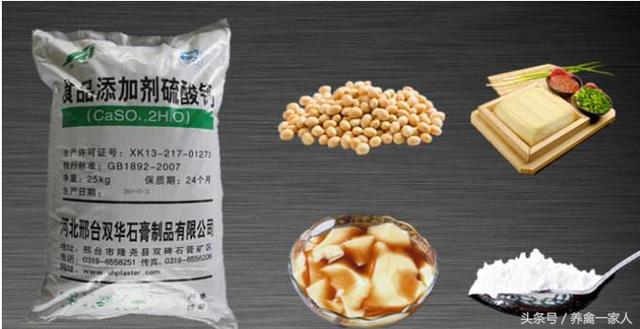
Secret of raising chickens: the ingenious use of gypsum powder in native chicken breeding
When it comes to plaster, we first think of building plaster, such as plaster sculpture, chalk and so on. In fact, there are many kinds of gypsum, there are construction, chemical industry.
Related
- On the eggshell is a badge full of pride. British Poultry Egg Market and Consumer observation
- British study: 72% of Britons are willing to buy native eggs raised by insects
- Guidelines for friendly egg production revised the increase of space in chicken sheds can not be forced to change feathers and lay eggs.
- Risk of delay in customs clearance Australia suspends lobster exports to China
- Pig semen-the Vector of virus Transmission (4)
- Pig semen-the Vector of virus Transmission (3)
- Five common causes of difficult control of classical swine fever in clinic and their countermeasures
- Foot-and-mouth disease is the most effective way to prevent it!
- PED is the number one killer of piglets and has to be guarded against in autumn and winter.
- What is "yellow fat pig"? Have you ever heard the pig collector talk about "yellow fat pig"?

